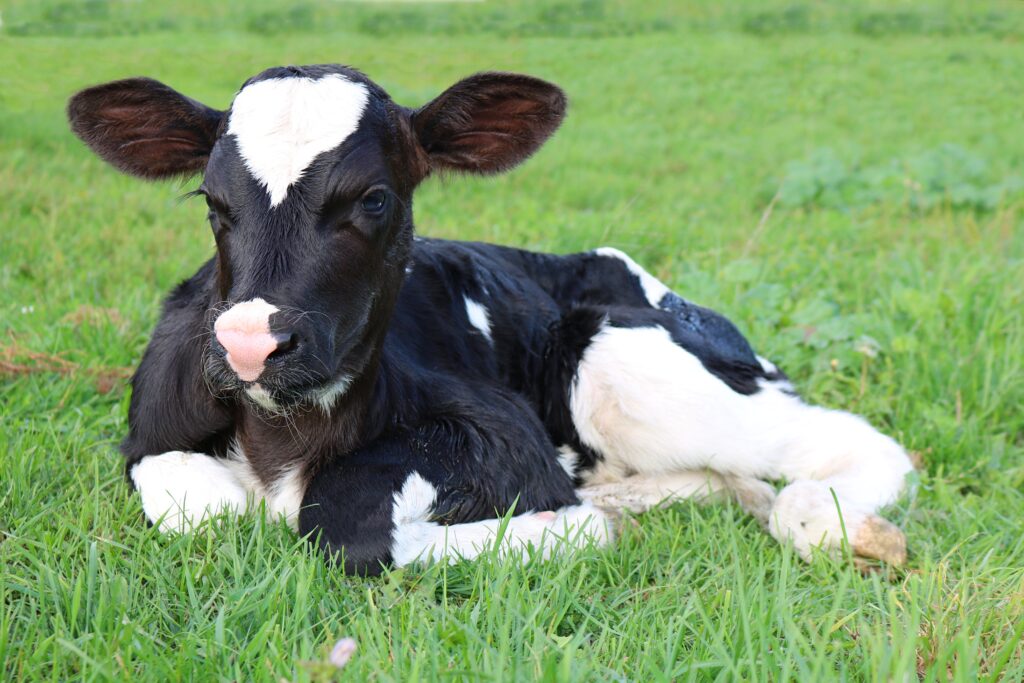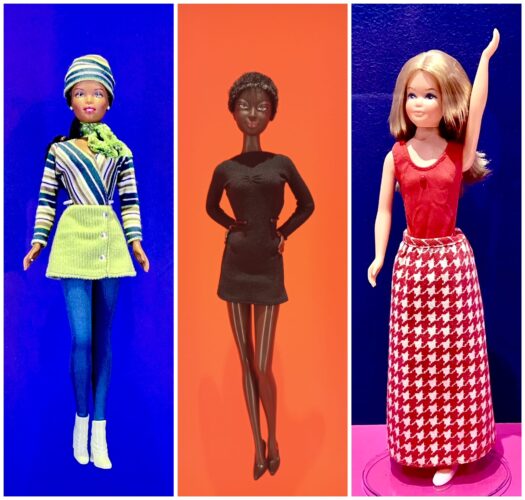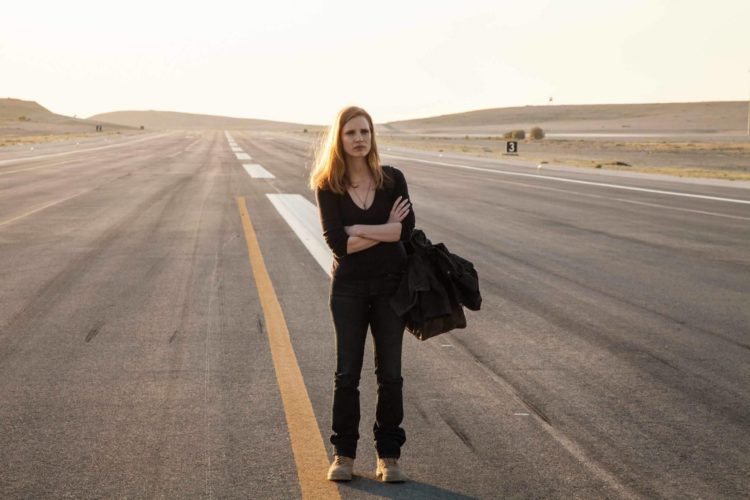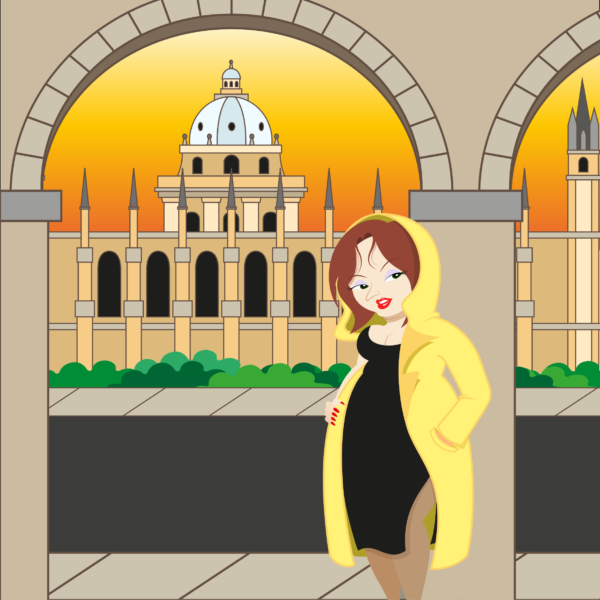The Hidden Suffering Behind Meat: A Literary Reflection
If I speak in defense of cows, creatures for whom I hold great affection, it is not because I am any less moved by the plight of pigs or the other silent victims of our insatiable appetite. I lived for many years in the countryside, in a house beside a field where cows grazed in quiet dignity. I watched them. They “move with a kind of sluggish haste,” as Antonio Lobo Antunes once wrote, yet now and then they quicken their pace, ever watchful, when their frolicking calves stray too far. And when their young are taken from them, they bellow for two long days, ceaselessly roaming the field in search of them, until at last they come to a halt, standing still, gazing with a look of bewilderment and innocent sorrow.The cows who give us milk—the milk that nourishes—often meet their end in slaughterhouses, sometimes beheaded, their throats slit, hung by their feet while still conscious, still writhing.
And the pigs! Confined, crammed together, abused—they glimpse the blue of the sky or the touch of sunlight only for the brief moment they are herded into trucks bound for the abattoir, where some are butchered while still alive. Speed is essential—it yields higher profit, and spares expense.So then, bon appétit!
But, lest I be dismissed as overly sentimental or naïve, allow me to invoke the reflections and deeds of a few notable figures. Victor Hugo defended the Grammont Law, which offered protection to animals. At that time, horses were often brutalized by violent, drunken coachmen. Émile Zola, in a letter, wrote: “Why does the suffering of a beast affect me so deeply? Why can I not bear the thought of an animal in pain to the point of waking in the night?” Isaac Bashevis Singer, Nobel Laureate and later a vegetarian, posed the question: “What grants man the right to kill an animal merely to fill his belly with flesh?” While imprisoned, Rosa Luxemburg wrote to Sonia Liebknecht, recounting the arrival of buffaloes forced to drag heavy carts beneath the lash. One bled, and she wrote: “I stood before him—the animal looked at me, and tears welled in my eyes; they were his tears.”
And finally, let me conclude with a touch of irony. In The Man and the Serpent, a man seizes a snake with intent to kill, and La Fontaine writes:
“At these words, the wicked creature—
(The serpent, I mean,
Not the man; though one might easily be mistaken.)”
Sylviane Demichel
***












